At long last, the OnePlus 7 Pro has arrived. For many markets, the standard OnePlus 7 will be the main device in the company’s lineup, but in the US and much of Europe, the Pro model will be the only option available. While this may sound disappointing, the Pro variant of the phone is actually the device we’ve been waiting for OnePlus to build for the last few years, a flagship smartphone without any compromises.
Design & Build
When you pick up the OnePlus 7 Pro for the first time, the first thing you notice is the incredible edge-to-edge display which dominates the front of the phone. There’s no notch, no hole-punch cutout and anything else to get in the way of the AMOLED panel. The front-facing camera’s been crammed into a motorized element which pops up from the top edge of the phone.
The back of the device is glass, similar to what we saw last year, but OnePlus has thrown in a handful of new color options. My personal favorite is nebula Blue, but the Almond option is a breath of fresh air for anyone who’s tired of the standard white. As far as fit and finish goes, the new phone is a slight step up from the previous model. The body is a bit thicker dues to the larger battery, but it actually feels a bit better since it allows the edges to be more rounded than they previously were.
Display & Performance
One of the things that’s changed this year is the introduction of the OnePlus 7 Pro, a device which will finally be able to go head-to-head with true flagship devices. This new model pushed things to the limits by introducing a 6.7-inch, 90Hz QHD+ display with HDR10+ support – a first for OnePlus. OnePlus is calling the display technology Fluid AMOLED. Unlike the display on the OnePlus 7, the 7 Pro doesn’t have a notch since the front-facing camera has been hidden below the display, allowing you to fully enjoy the edge-to-edge AMOLED panel.
As you’d expect, the phone is powered by a Qualcomm Snapdragon 855 with up to 12GB of RAM for those who want to make sure they have one of the most powerful Android phones of the year. They’ve also added a RAM Boost feature which will pre-load your most used apps so that they’re always ready. The device will also sport UFS 3.0 storage which has double the bandwidth of UFS 2.1 which is used for most devices. Combined, these two features deliver unimaginable smoothness. Apps open quicker, animations are smoother and the phone’s 8GB or 12Gb of RAM allow you to seamlessly float in and out of apps without ever waiting. It’s something you need to test for yourself to get a true sense of what OnePlus has accomplished here.
Like last year’s OnePlus 6T, the company has brought back the in-display fingerprint sensor which has a 38% larger footprint and improved recognition speeds to make it the fastest in-display sensor on the market. I’m not really a big fan of in-display sensors since they aren’t nearly as accurate as the standard capacitive sensors found on most phones, but the larger sensor and improved sensitivity makes a world of difference. OnePlus may finally change my mind on the new tech.
The Cameras
The 7 Pro will also be stepping up its camera game, something we’ve been wanting OnePlus to do for a very long time. For the main camera, OnePlus will be using Sony’s new 48MP 1/2-inch sensor with optical image stabilization. Having used this same sensor on the Honor View 20, I can say that OnePlus 7 owners are in for a treat. It performs well in low light and delivers stellar shots in daylight. But what really makes the camera experience on the new phone noteworthy is the inclusion of an 8MP camera with a 3x zoom lens and a 16MP sensor with a 117-degree ultra-wide angle lens. This makes the camera as versatile as what you would get on the Samsung Galaxy S10+.
The 16MP front-facing camera pop’s up from behind the display in half a second and has been tested to support up to 40 lbs of weight. It’s been tested to 300,000 opens/closes and even has built-in fall detection which will detract the camera when the phone senses that it is falling.
UltraShot uses multiple exposures and pixel binning to give the images more light and better color, especially in high-contrast and low light situations. OnePlus is pretty proud of its 111 DxOMark score, but as you can see in the images below, the results actually speak for themselves. I’ve only managed to capture a handful of images with the new cameras, but I’m definitely impressed and can’t wait to do a detailed camera comparison with the OnePlus 7 Pro, Galaxy S10+ and the Pixel 3.
Conclusion
OnePlus has a lot of fans out there and for good reason. The company has always delivered great phones at a very competitive price. With the OnePlus 7 Pro, that value proposition is stronger than ever with an incredible camera and class-leading performance. The phone’s $669 starting price was definitely unexpected due to the increase in specs.
OnePlus devices used to be the flagship smartphone of choice for the budget-minded consumer, but OnePlus may have finally built a must-have flagship smartphone for everyone.

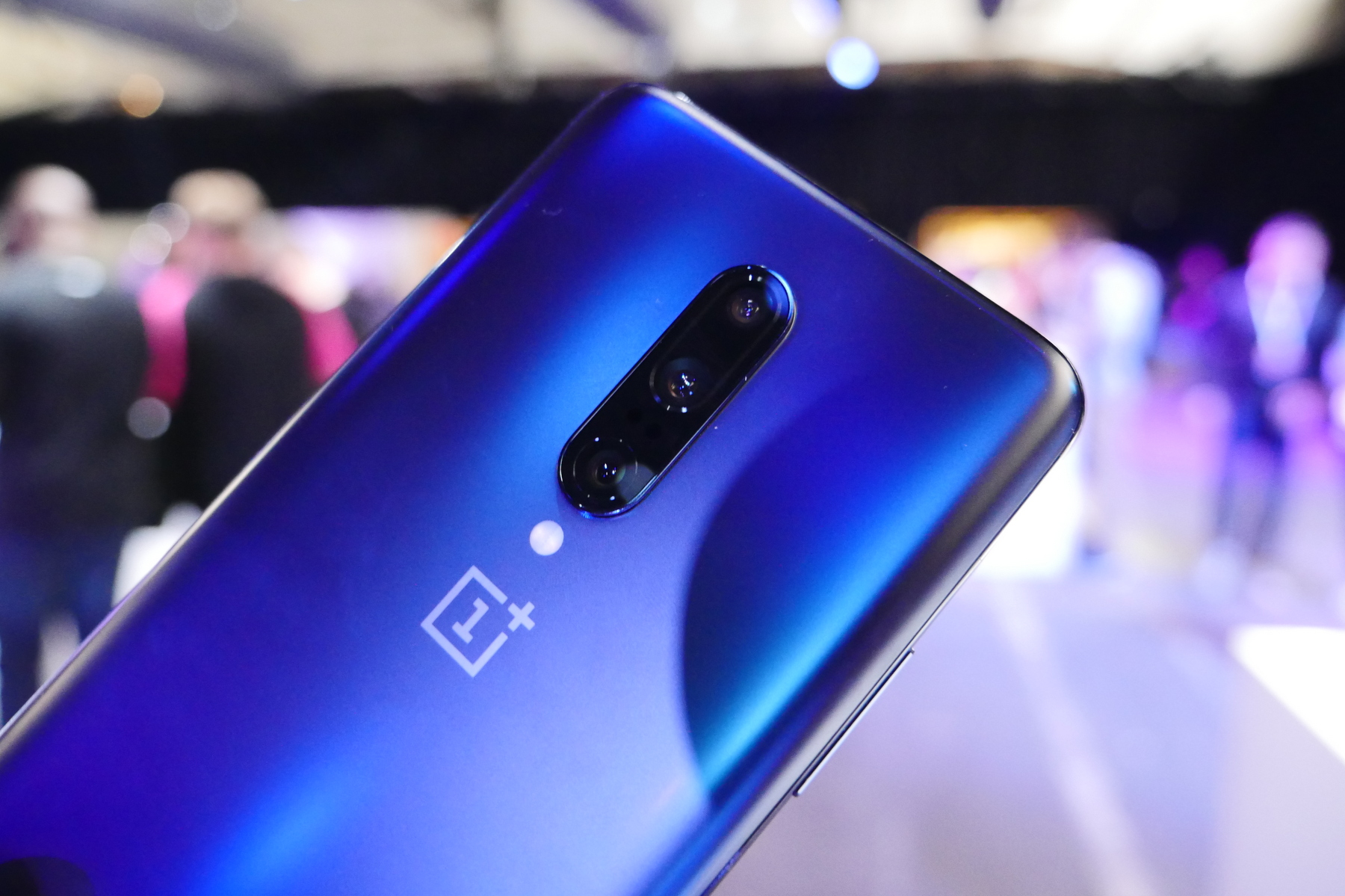


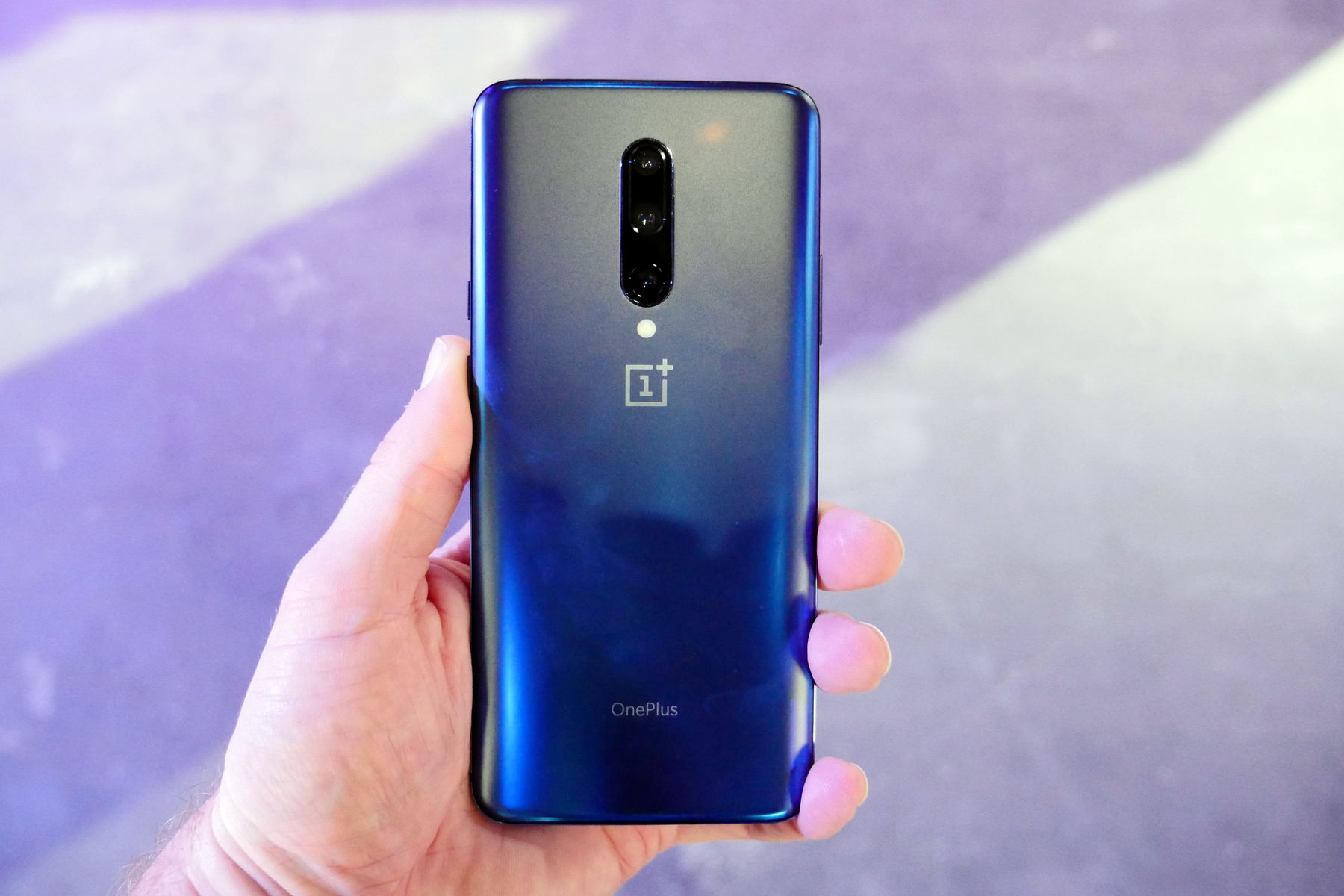


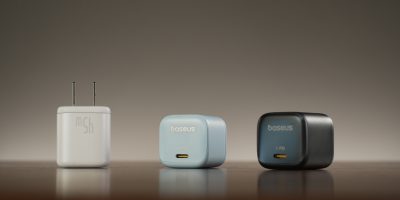




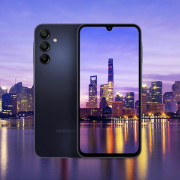
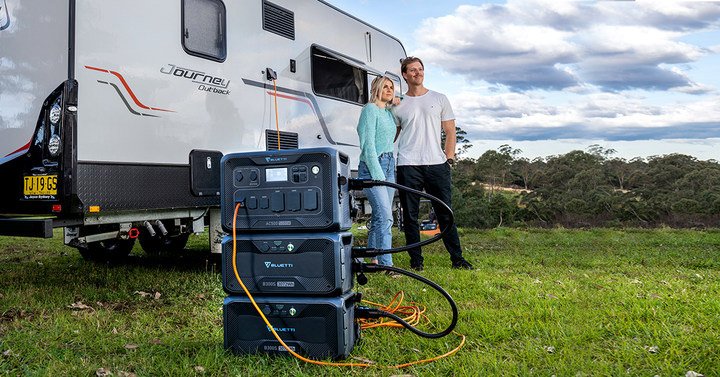

Comments